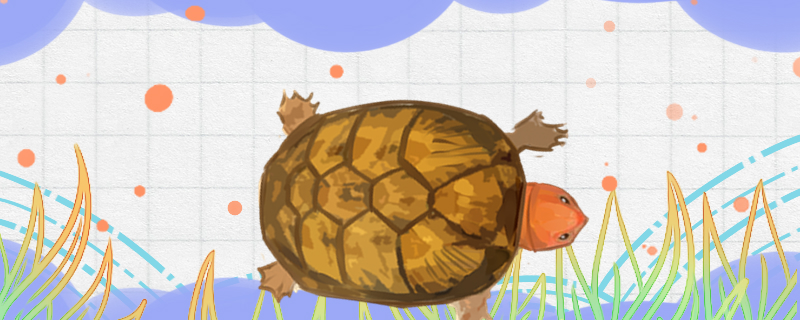
1. Container: When raising the red-faced egg turtle, the problem of raising environment should be solved first. The container should be large enough. The layout of the container should be a combination of aquatic environment and terrestrial environment. Aquatic environment can be divided into two parts: deep water area and shallow water area; Terrestrial environments can use sandy soil, bark and so on as bedding materials. In sunny places, you can place a drying platform, and some green vegetation can be planted around the drying platform.
2. Feeding: Red-faced egg turtles are omnivorous animals. They have a strong tendency to eat meat. Their main foods are mollusks, tadpoles, fish and shrimp, etc. Worms and turtle food are also their favorite foods. When feeding, attention should be paid to disinfection, washing and cutting up before feeding. You can also feed some plant foods such as vegetables, melons and fruits. It can be fed with a variety of foods in turn, once a day.
3. Water level: When breeding red-faced egg turtles, attention should also be paid to the water level. After the red-faced egg turtles have grown up, the water level can be controlled below five times the height of their back shell. However, when they are in the juvenile stage, the water will be relatively poor, and they need to be raised in slightly shallower water.
4. Water quality: Water quality is also an important factor in the breeding process. In order to ensure good water quality, regular water exchange is needed. Especially when the red-faced egg turtle is young, it is more sensitive to water quality.
Wild red-faced egg turtles do not have particularly high requirements for light, but if they are raised artificially, it is best to provide a certain amount of light time, which can promote their growth and development, but also make them healthier. But you don't have to let them bask in the sun every day, just every few days. For convenience, you can put a drying table in the container, which is more convenient.